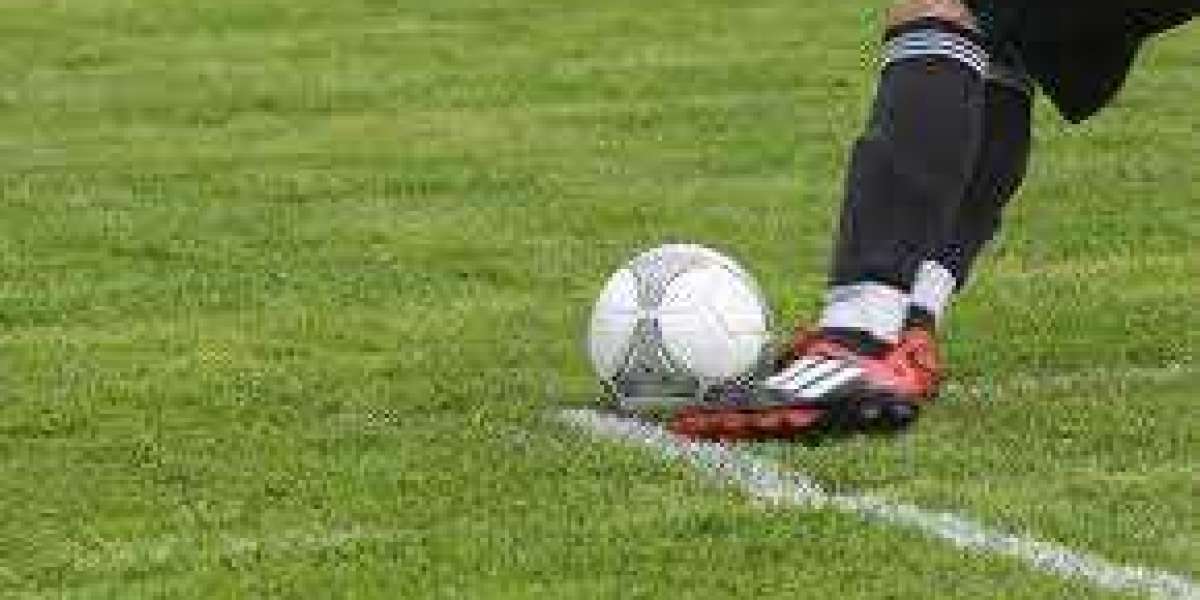How does an ECG work in dogs?
SOME JURISDICTIONS DO NOT ALLOW THE EXCLUSION OF IMPLIED WARRANTIES; THEREFORE, THE ABOVE-REFERENCED EXCLUSION IS INAPPLICABLE IN SUCH JURISDICTIONS. The SITES AND THE SERVICES AND PRODUCTS THEREIN are intended for THE EDUCATION OF veterinary professionals only and usually are not meant to be an different selection to skilled veterinary recommendation, prognosis, or therapy. These materials are supposed to provide information for instructional functions solely AND ARE THE INTERPRETATIONS OF VETGIRL AND/OR ITS DIRECTORS, OFFICERS, MANAGERS, EMPLOYEES, INDEPENDENT CONTRACTORS, AND AGENTS. You mustn't depend on info from The SITES AND THE SERVICES AND PRODUCTS THEREIN rather than PEFORMING YOUR OWN MEDICAL RESEARCH, VERIFYING ALL INFORMATION AGAINST VETERINARY LITERATURE, AND/OR seeking skilled advice and help.
What Does an Electrocardiogram Reveal in Dogs?
To feel the maximum pulse, examiners should first occlude the artery with their fingers and then steadily lower the digital stress until the utmost pulse is felt. A systolic murmur is usually described as either ejection (crescendo-decrescendo) or regurgitant (holosystolic, plateau). However, making this distinction is usually difficult, even for an skilled examiner, particularly when the center price is quick. Ejection-quality systolic murmurs sometimes show the greatest depth during mid systole and appear diamond formed on phonocardiography. Systolic murmurs are mostly produced by stenotic lesions at the semilunar valves (eg, pulmonic stenosis or subaortic stenosis).
This may be the case, for example, if the canine exhibits signs corresponding to coughing, shortness of breath, weak spot or fainting. An ECG can also be useful if the canine has a history of heart illness or is taking certain medicines that may have an result on the guts. An ECG can additionally be carried out as a half of a routine examination or earlier than an operation to evaluate the danger of complications. Oscilloscope EKGs are displays that show the electrocardiogram hint on a screen. These are used for fast assessment of heart rhythm, for anesthetic monitoring, and in important care settings. The Holter electrocardiogram is an ambulatory EKG that's tape-recorded for later playback.
Heart rhythm
Diastolic murmurs are sometimes decrescendo (decreasing in intensity through diastole) and usually the result of aortic insufficiency (such as the insufficiency due to aortic valve infectious endocarditis in canines or degenerative disease in horses). Capillaries are so small, that in lots of situations only some red blood cells can move via the middle of the capillary at a time. Capillary partitions act as a membrane that enables various substances to travel between the blood and the tissues. These substances embrace oxygen, carbon dioxide, water, electrolytes (e.g. sodium, potassium), nutrients, and minerals. The capillaries are the site of the best exchange of fabric between the blood and the tissues of the physique.
Measurement of heart rate, complexes, and intervals of ECG
The valves stop blood from flowing backward towards the organs. Small blood vessels that lead from the capillaries to the larger veins are called venules. Below is information about the structure and performance of the canine coronary heart and blood vessel system. We will tell you concerning the basic structure of the cardiovascular system, the way it works in canines, widespread diseases, and customary diagnostic checks performed in canine to judge the center and blood vessels. This spreads out the wave forms for rhythm evaluation with higher assessment and identification of P, QRS and T waves, significantly in patients with high heart rates (ECG "D"). The present investigation generated some reference values of ECG in canine which is able to help the clinicians to diagnose different cardiac abnormalities through ECG. In brief, treating supraventricular arrhythmias involves using β-adrenergic–blocking medication, calcium channel–blocking drugs, or digoxin.
When is an ECG used in dogs?
In the occasion of a suspected arrhythmia, a printed tracing simplifies interpretation. An ECG in canine is carried out in an analogous way to that in people. Electrodes are connected to numerous elements of the physique to report the electrical impulses of the heart. The electrodes are related to a tool that displays the impulses as curves on a display screen or a strip of paper. These waveforms are called ECG waves and have totally different shapes and heights relying on which phase of the cardiac cycle they represent.
Veterian Key
Alimentos y medicamentos
Para eludir cualquier clase de molestia al paciente se aduerme la garganta y se administran distintas medicamentos para favorecer su relajación. Si te diagnostican una afección cardiaca, tu médico va a trabajar contigo para desarrollar el plan de tratamiento que funcione mejor para ti. La mayoría de los ecocardiogramas toman menos de una hora y tienen la posibilidad de efectuarse en un hospital o en la clínica del médico. Contrario a otras técnicas por imágenes, como las radiografías, los ecocardiogramas no utilizan radiación.
Tipos de ecocardiograma
La prueba deja advertir inconvenientes como la estenosis valvular (estrechamiento de las válvulas) o la regurgitación valvular (fugas). Permite a los médicos ver lo bien que se abren y cierran las válvulas, lo que asistencia en el diagnóstico y régimen de los trastornos valvulares. La comprensión de las diferencias entre estas 2 pruebas puede contribuir a los pacientes a ver mejor las herramientas de diagnóstico libres y tomar resoluciones informadas sobre su salud del corazón. Por medio de estas ondas sonoras se consiguen imágenes del corazón que el cardiólogo debe interpretar. El Dr. Segura señala que "se utiliza para descartar que no haya una cardiopatía estructural, esto es, que tengamos un corazón sano de manera". Radica en visualizar el corazón con ultrasonidos mientras que se administra un fármaco que hace que el corazón trabaje con mucho más velocidad y también intensidad.
Carrera divertida del corazón de Texas
Le pondrán los electrodos para poder ver el electrocardiograma a lo largo del estudio. Entonces, mientras la enfermera realiza múltiples inyecciones del contraste por medio de la vía venosa, le pondrán el transductor en distintas unas partes del pecho para explorar desde varios planos el corazón y las válvulas. La inyección frecuentemente no se nota, así que no dude en comunicar cualquier sensación extraña. Durante el estudio posiblemente se escuche algún estruendos que corresponde a la agilidad de la sangre en el corazón. Una vez finalizado el estudio, la enfermera te retirará la vía venosa y le pondrá un apósito (tirita).
Para la realización de ecocardiogramaes necesario quitarse todas las joyas y ropa por encima de la cintura. La prueba asimismo se conoce como ecografía cardiaca y sonografía cardiaca. Además de esto, existen varios tipos de ecocardiogramas, y el que te realicen va a depender de la razón para hacerla y de tu estado de salud. Algunos se realizan mientras que haces ejercicio o en mujeres embarazadas. Hay especificaciones propias de cada derivación, pero por norma general, cuando se charla del trazado habitual del electrocardiograma tiende a ser la derivación II. La derivación II es la mucho más habitual por el hecho de que es la más representativa y suele ser de la que se puede conseguir más información en la mayoría de los casos, gracias a su orientación. Luego, el técnico usará el transductor para enviar y recibir las ondas sonoras.
Después del procedimiento
En la actualidad, los contrastes que se utilizan se administran por vía venosa y han demostrado su seguridad en las condiciones de uso establecidas. El médico que solicita la prueba le señalará si debe tomar la medicación frecuente o esta debe ser suspendida antes a la realización del test. A continuación, se le colocará una sonda en la boca y se introduce en el esófago, lo que puede ocasionar naúseas que desaparecen en el momento en que la sonda se ha terminado de introducir. Es necesario no haber ingerido alimentos sólidos ni líquidos en las 4-6 horas anteriores a la prueba ni haber tomado ninguna medicación en ese tiempo. Las complicaciones únicamente pueden darse en el ecocardiograma transesofásico, y estas se presentan en menos del 0,1% de las exploraciones.









